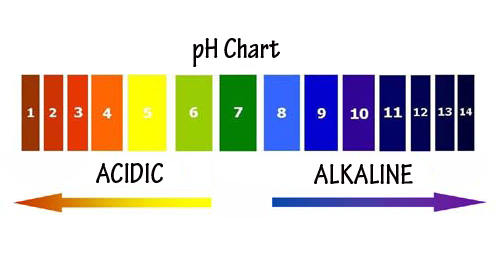
Designing your garden
It is wise to plan a garden that will give you different effects throughout the season. Consider including flowers that bloom in the spring and others that bloom in the mid summer. Some evergreens and conifers will help your garden look alive even during the dead of winter.
Different types of foliage will offer texture, color, shape and acts as a background for flowers.
When beds are new, they often look sparse. Do not be deceived, for with proper care your plants will reach their mature size. If you over plant you might need to remove some plants as they mature and fill in their area. So always be aware of expected mature size.
The color, time of bloom, type of foliage, height and spread, sun or shade all should be considered when designing your garden.

Hardiness Zones
Plant hardiness is an important factor when choosing plants for your garden. Hardiness is the measure of a plants' ability to survive in a particular climate. Across the entire state of Utah we have hardiness zones from 2 to 8. But in most of the Utah and Salt Lake county areas we tend to be in zones 4 to 7. A good source for hardiness zones can be found on the USU website entitled Hardiness Zones.
Don’t be afraid to try a plant that is rated a zone or two higher. With some extra gardening care it is possible to modify your environment to successfully grow plants that may not be reliably hardy.
Micro-climate factors such as wind, snow cover, moisture, sun, shade, buildings, fences, etc., will affect a plants' vigor.

Soil
A good soil will improve the growth of your plant and lessen your work over time.
The three components of soil are:
- Sand: Moisture and nutrients leach though the soil quickly.
- Silt: The best kind of soil to have. Has a good balance.
- Clay: Nutrients can be tied up or the soil can stay too wet.
Organic matter such as compost, grass clippings and well-rotted manure can all benefit you soil and the plants in your garden. (Peat moss should only be used to raise the acidity in the soil for certain plants.)

pH
pH is a measure of acidity or alkalinity. The pH scale goes from 0 to 14 with 7 being neutral. A pH value of 0 would be very acidic, similar to battery acid. Milk tends to be in the range of 6 to 7. Lye has a pH value of 13 to 14.
In 1999, 92% of the soil samples submitted to the Analytical Laboratory at Utah State University had pH values between 7.8 and 8.2. This is primarily the result of thousands of years of low rainfall that allowed large amounts of calcium carbonate (lime) to accumulate in the soil. Adding organic material will help lower the pH slightly. Fertilizers containing sulfur products can also be helpful.

Fertilizers
Fertilizer is made up of Nitrogen, Phosphorus, Potassium (N, P, K) and trace minerals.
Remember your fertilization should be based on the needs of the plant.
- Nitrogen helps with green growth.
- Phosphorus is for flower, fruit and root development.
- Potassium helps build strong stems and overall health of plants.

Watering
Water requirements vary from plant to plant. In general plants with narrow of needle-like foliage require less water than plants with large leaves.
A plant will also require differing amounts of moisture depending on its exposure to the sun, cold and winds.
Deep soaking is preferred over frequent light waterings. This allows the roots to grow deeper into the ground.
New plants may require frequent watering until established.

Sun and Shade
It is necessary to select the right plant to fit your lighting conditions. There are 4 basic ranges. They are Full sun, Partial sun, Partial shade, and Full shade.
- Full sun plants thrive in areas that receive 6 or more hours of sun. These plants can handle high heat and light intensities, usually a south or west exposure.
- Part sun plants receive 4 to 6 hours of sun and preferably an exposure that has moderate heat and light intensity.
- Part shade plants still receive sun light. The sun generally shines directly on these plants for a short duration, usually about 2 to 4 hours. Filtered sun or sun with low heat and light intensity is preferred.
- Full shade plants can handle the sun for up to 2 hours or so if the heat and light intensity are low. Generally full shade plants will bloom, however attractive foliage is the #1 feature.
Proper light conditions give your plants the opportunity to grow strong and healthy and to show their true character.
